Birth Blankets
Hush hush, my baby. I had a baby from the big belly...
The tradition of the birth blankets is crucial in the day to day life of the Otadan. In every tribe, whenever a woman is pregnant, all women of her family and sometimes of the tribe, gather to weave or sew and decorate the first piece of garment for the child. This item is one of the very few personal possessions of Otadan individuals, and follows the owner for their entire life, as clothing, blanket, pillow and even in their last journey, when it is burned on the funerary pire with them.
Depending on the availability of resources, this can be a woven blanket of either goat or alpex wool or mattress grass fibres or one made of soft furs. In each case, the people involved in its preparation take great care to adorn it with embroidered or painted symbols and colours that are of good omen for the child and that will differentiate their blanket from anyone else's. The possible combinations of colours and symbols and their traditional position is infinite, so it's virtually impossible to have two blankets that have exactly the same design.
Most common symbology
Deer/deer tracks
The deer symbolize love and kindness, but also medicine and it's often used to wish for a shaman future for a child
Flower
The flower is a symbol of femininity and gentleness, it's sometimes used when a woman hopes for a female child.
Feathers
These are the symbols of leaders, and it's auspicial of a prominent position for the newborn inside the tribe.
Eagle
It is a symbol of elevation and improvement. Contrary to other symbols it doesn't indicate a specific wish, but general success.
Arrow head
It symbolizes protection and it's very commonly added to blankets even if only as a small symbol in the border
Horse
Particularly common in the Blue Boar Nation and Black Wolf communities, it's a symbol of strength.
Despite the very specific meanings often associated with the symbology in the blanket, they are rarely taken as a serious prediction, and at most considered a quirk when a burly warrior ends up with a flowered blanket or one covered in feathers ends up on the shoulders of the most timid of children.
Baby wearing
The weight of these blankets is purposedly soft and delicate, not only because it is used at contact with the skin of newborns, but also because they are used wrapped around mother and child as the first transport mean for the children.
In all the Otadan nations, the mothers restart their activities very shortly after the birth of the baby and, while the rising of children is regarded largely as a community responsibility, adults in the plains of the Gadah Atsakai can rarely afford to keep both hands busy holding a child. Baby wearing is thus the custom in all the tribes.
The style of baby wearing varies from nation to nation, depending on their lifestyle. The Red Fox Nation, who are the most sedentary, usually wear their babies on simple slings tied across one shoulder, either on the front, or in sitting position on their hip.
Black Wolf and Blue Boar people, instead, whose lifestyle is more nomadic, needed a solution to move safely with the children on horseback. Most Black Wolf people solved the problem by wearing the children on their back in blanket slings tied to their shoulders and waist. The Blue Boar mothers, who travel for many weeks between the tribe seasonal camps, swaddle the baby in the blanket during travel and tie them on a bark board that they secure either on their back or to the horse saddle. During the stantial season, they revert to a technique similar to that of the Red Foxes.
The @whi people, lastly, simply swaddle the babies in their birth blankets before securing them against their bodies with their own clothes, to give them maximum protection against the freezing cold climate of their lands.
Blankets in the funerary rites
As mentioned, most blankets are destroyed at the death of their owner, most commonly by swaddling their corpse on the funerary pire, in a ceremony that mimicks that of the birth. In all of the nations, with minimal differences, the body is in fact first washed and cleaned, then swaddled in the birth blanket as their only clothes before being positioned on the funerary pire. In some periods of the year, in the White Bear tribes, the dead is posed in a weighted cradle wrapped in the blanket and let go to the sea instead.
In the instances where the body can't be retrieved, the birth blanket, if available, is burned on a pire in its stead. If neither can be retrieved, the family and friends of the defunct will weave a new blanket identical to the lost one and burn that on the funerary pire
...little flower dance round and round, if you live in the world, enjoy it at the sound of the drums.
Colour meaning
In many tribes, there is not a year round availability of all different tints, but when available, these colours reinforce or clarify the desired meaning.Red
PassionBlue
KindnessYellow
FamilyWhite
Honesty
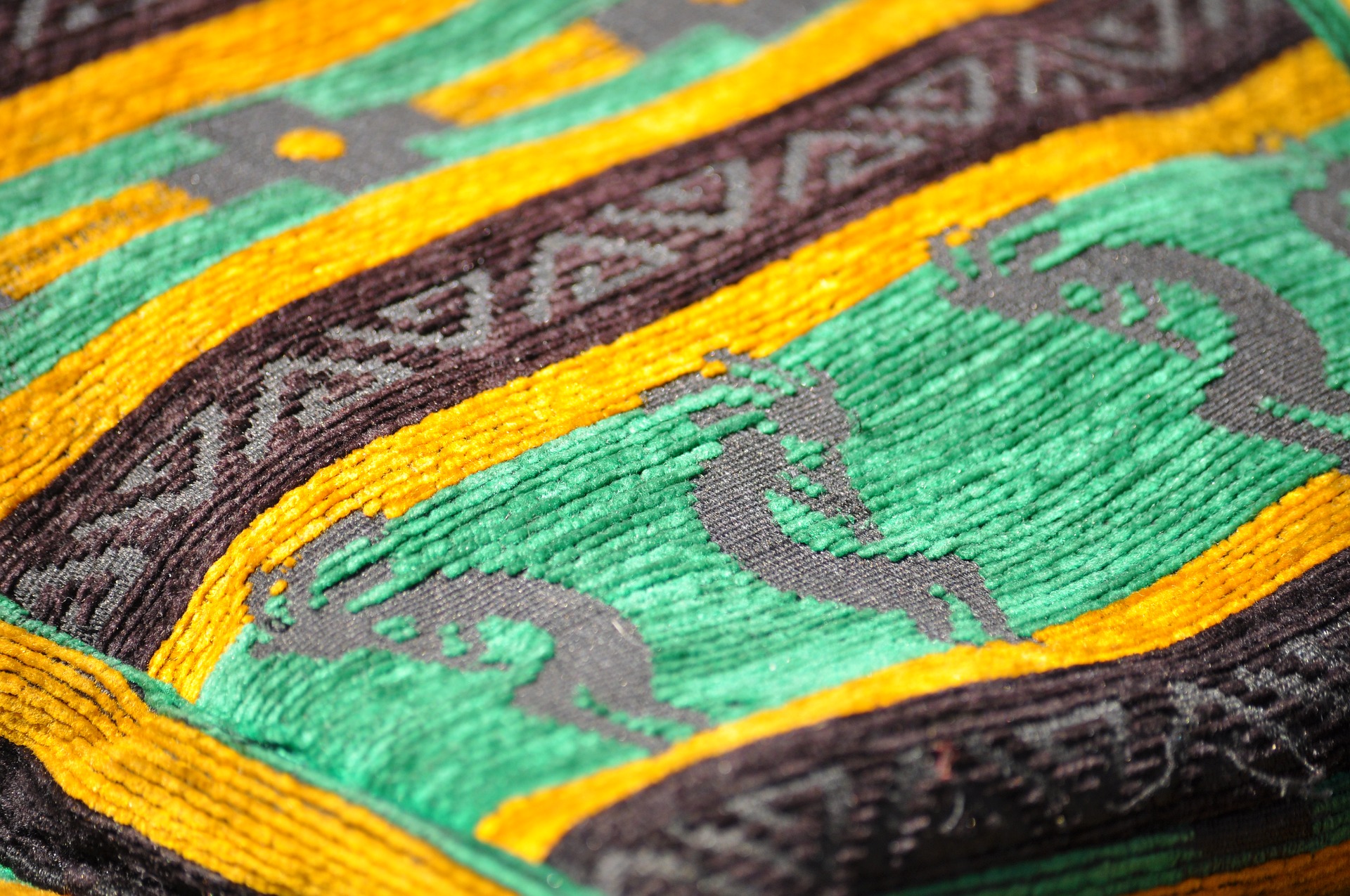

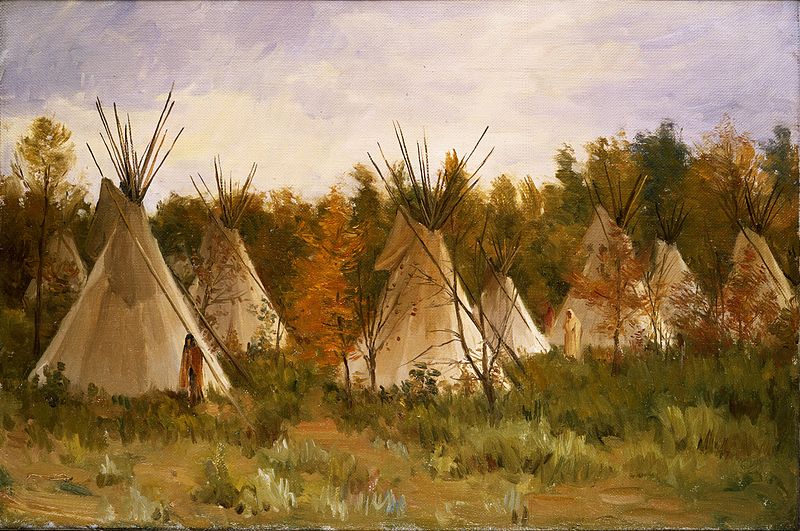
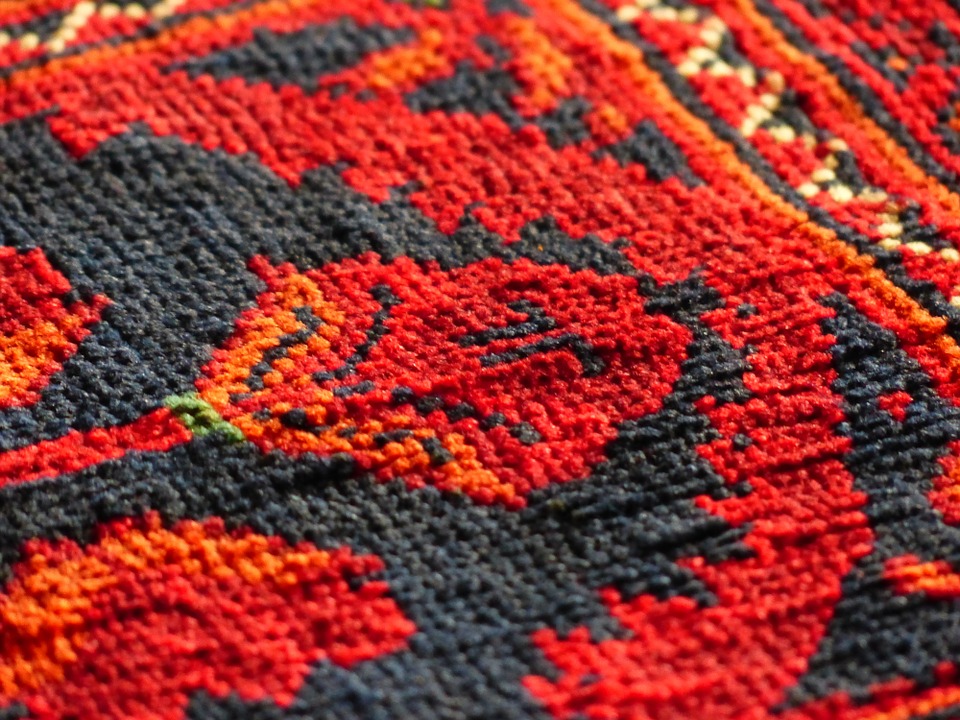



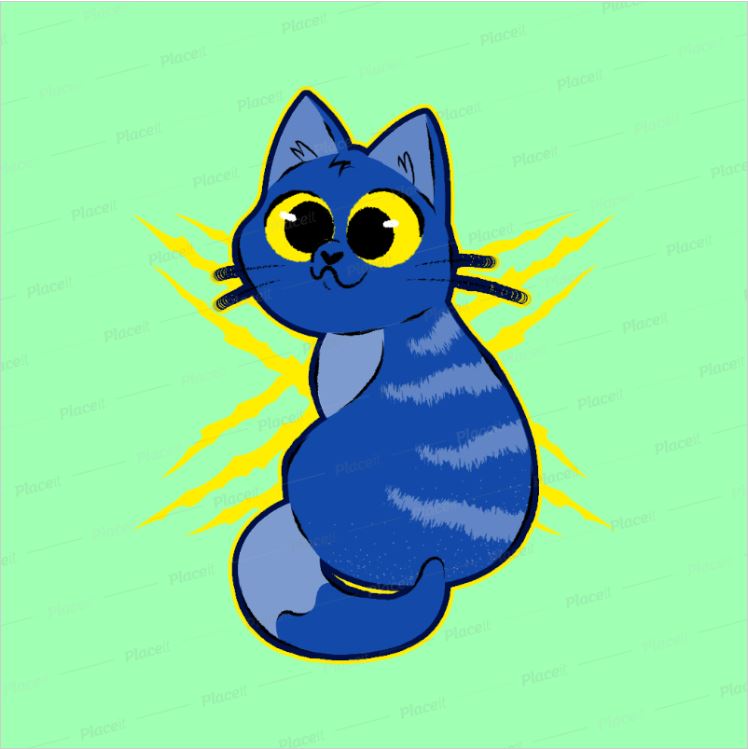

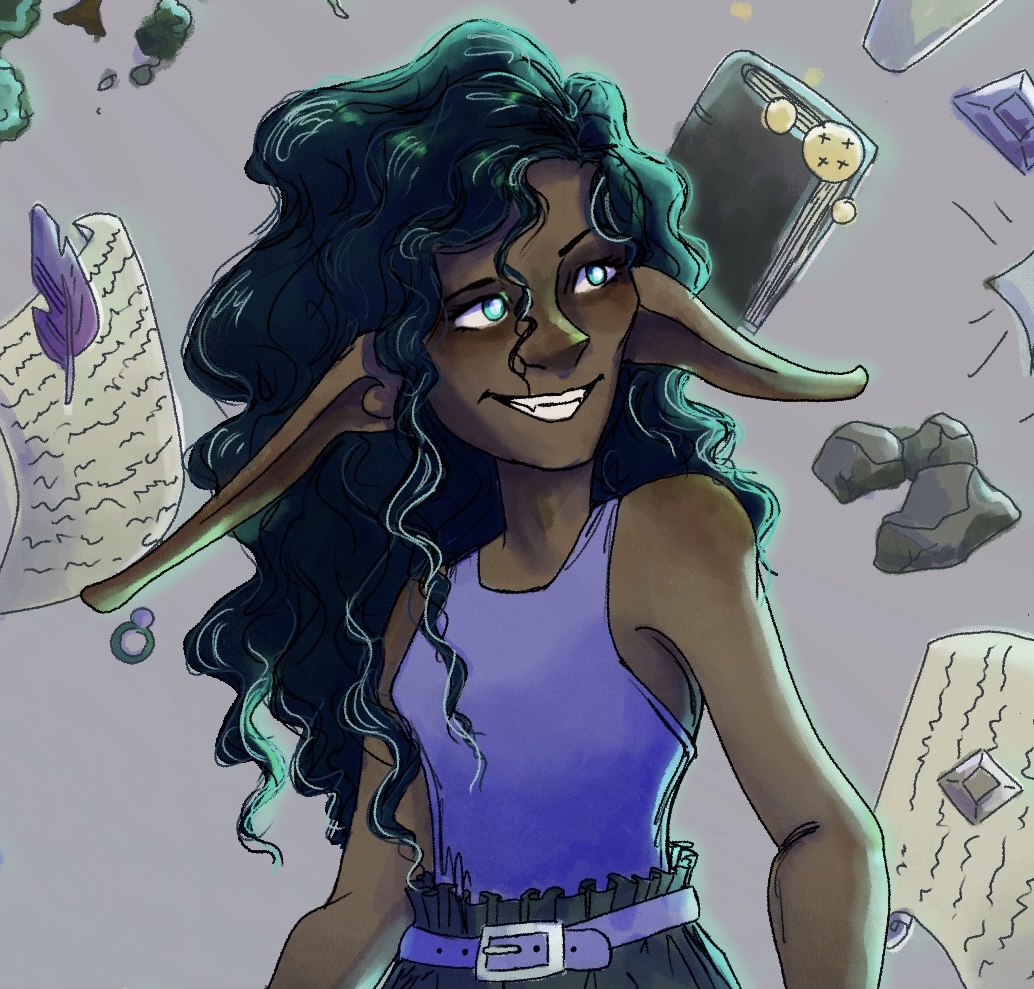
I love the image of a giant warrior with a beautiful flowery blanket. This is such a lovely tradition. I like the fact that different symbols and colours convey hopes for the future of the child, and I love that the blanket is with them until their death.
Explore Etrea